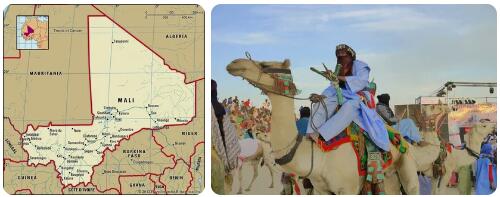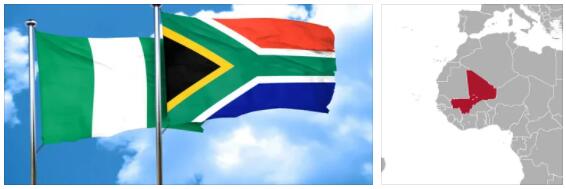Mali Facts and History
Mali – once the land of gold According to legend, the streets of the oasis city of Timbuktu were once paved with gold. The legend stems from the fact that in the 13th century the king’s caravans moved from Mali to Egypt and further into the Orient, laden with huge amounts of gold, which in […]
Continue Reading

